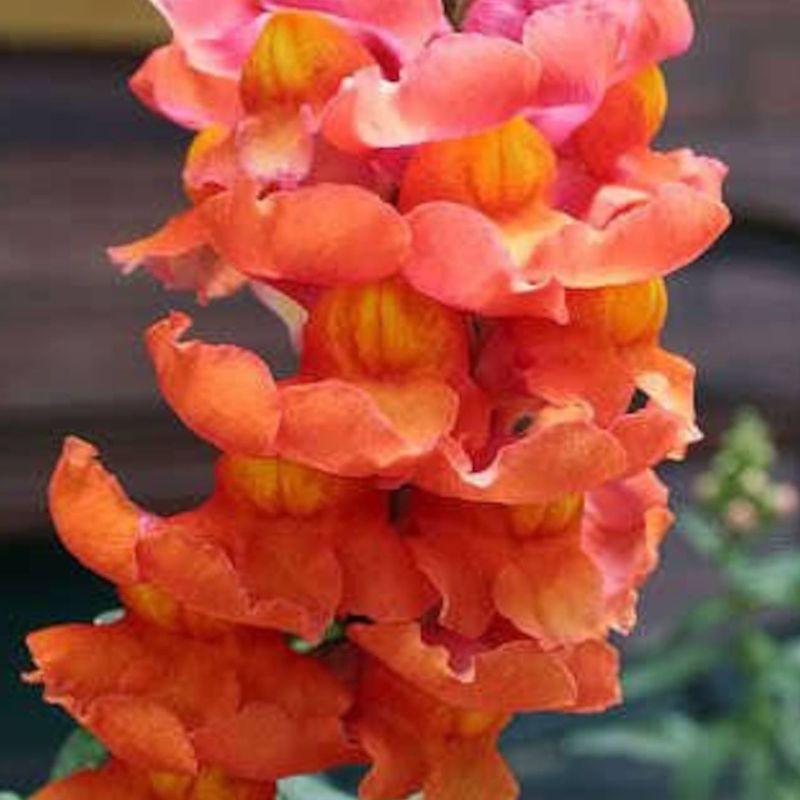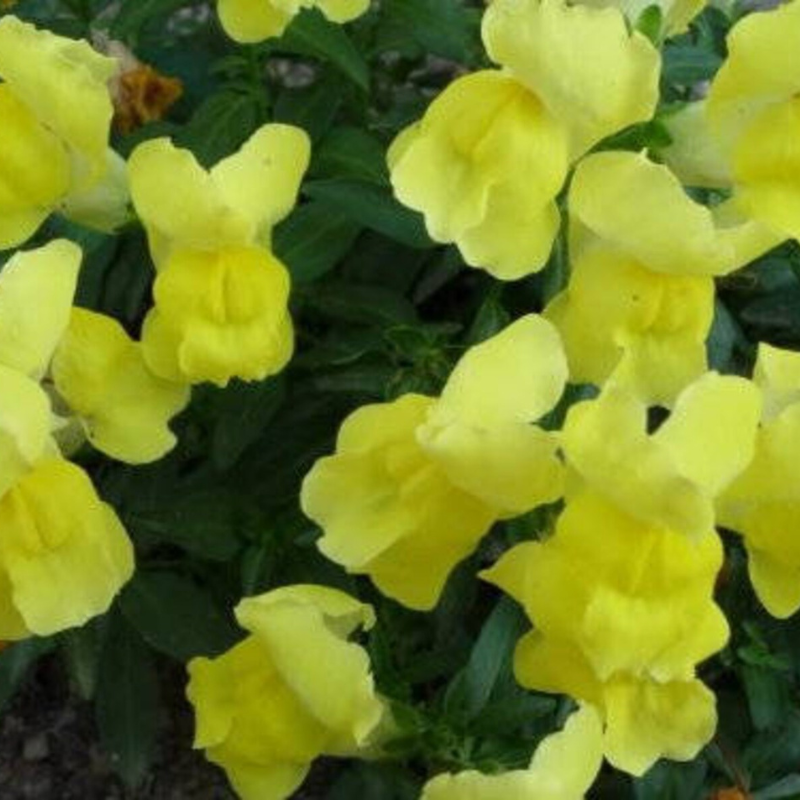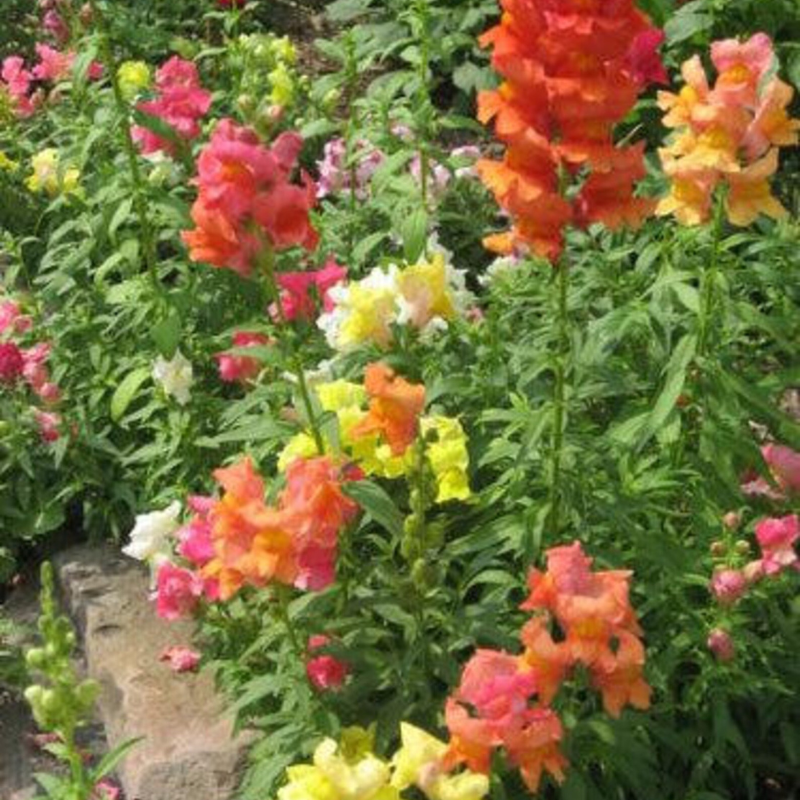- Historical context: Snapdragons, scientifically known as Antirrhinum, have been cultivated for centuries and are known for their unique flower shape that resembles a dragon's mouth.
- Geographical origination: Snapdragons are native to the Mediterranean region, particularly in areas like Spain and Italy.
- Relevant cultural significance: Snapdragons have been popular in European gardens since the Renaissance and are often associated with grace and strength in the language of flowers.
- Time period of discovery: Snapdragons have been known since ancient times, with records dating back to the Roman Empire.
- Original habitat: They typically grow in rocky areas and along cliffs in their native Mediterranean habitat.
- Notable historical uses: Historically, snapdragons were used in traditional medicine for their supposed anti-inflammatory properties.
- Ideal temperature range: 60-75°F (15-24°C)
- Soil type: Well-drained, slightly acidic to neutral soil with a pH of 6.2 to 7.0.
- Sunlight requirements: Full sun to partial shade. They thrive best with at least 6 hours of sunlight per day.
- Watering needs: Moderate watering. Keep the soil consistently moist but not waterlogged.
- Planting season: Spring after the last frost or in late summer for fall blooms.
- Germination time: 10-21 days under optimal conditions.
- Growth cycle duration: Annual or short-lived perennial depending on the climate.
- Common pests and diseases: Aphids, rust, and powdery mildew are common issues. Regular monitoring and appropriate treatments are recommended.
- Companion planting advice: Snapdragons pair well with marigolds, petunias, and pansies.
- Common challenges and solutions: Snapdragons can be prone to root rot if overwatered. Ensure proper drainage and avoid waterlogged soil.
- Nutritional values: Snapdragons are not typically consumed, so they do not have notable nutritional values.
- Health benefits: While not commonly used in modern medicine, snapdragons were historically believed to have anti-inflammatory and diuretic properties.
- Culinary uses: Snapdragons are not commonly used in culinary applications due to their bitter taste.
- Medicinal uses: Historically, snapdragons were used in folk medicine to treat inflammation and infections.
- Other unique advantages: Snapdragons are highly valued for their ornamental beauty and are a popular choice for cut flower arrangements due to their vibrant colors and unique flower shape.












